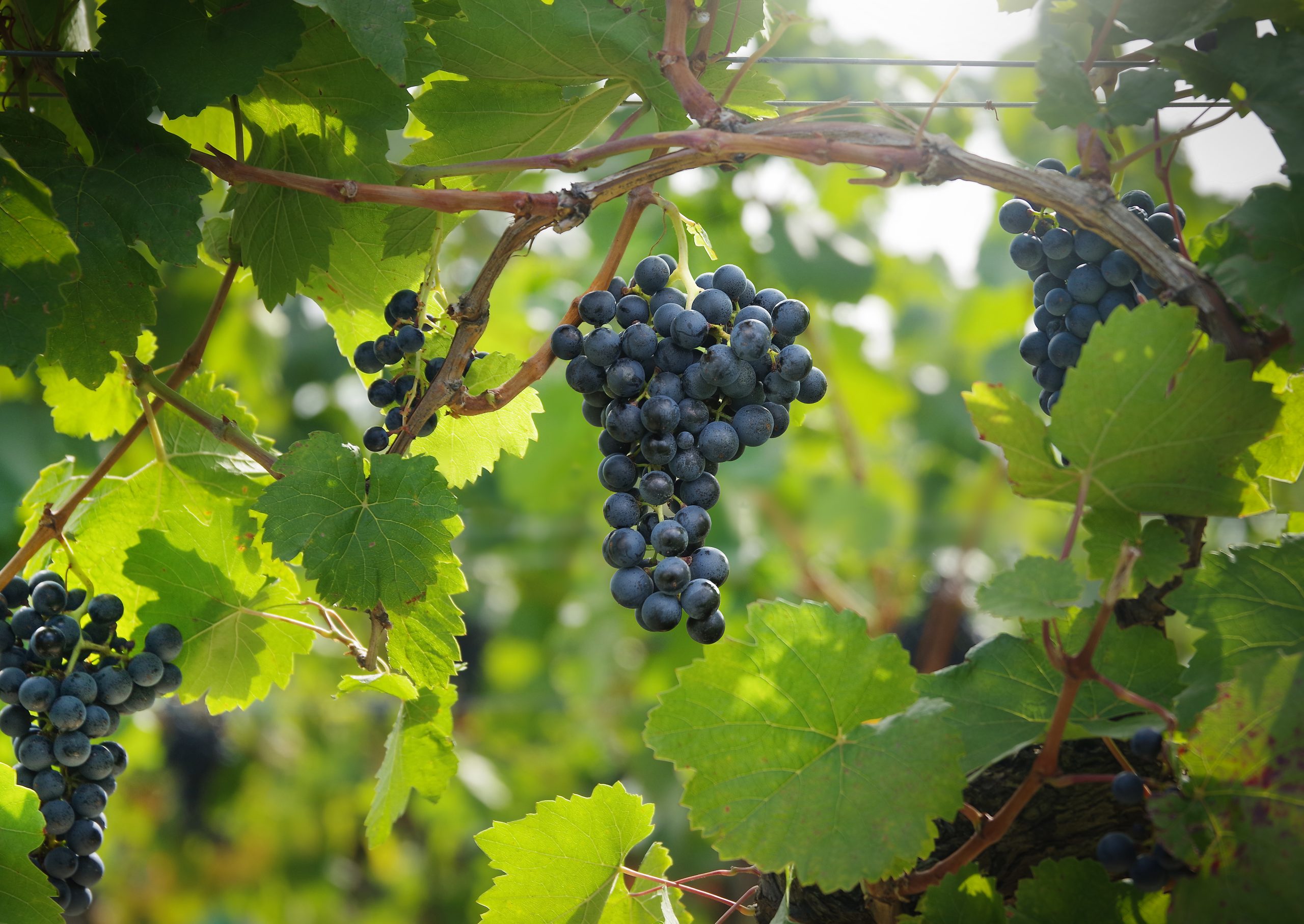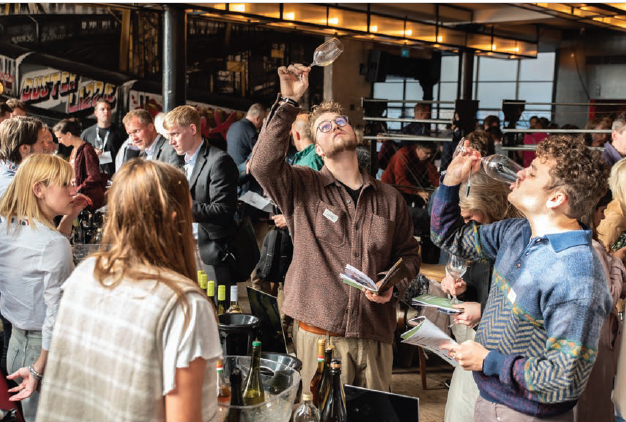How Carmenère is finding a new home in Napa
Bordeaux variety and Chile’s emblematic grape, Carmenère, seems to have found a new home in Napa, where it’s thriving in the increasingly hot and dry conditions.

According to Rebekah Wineburg, who is the winemaker at Napa’s Quintessa – an organic estate at the foot of the Vaca Mountains in Rutherford – Carmenère is proving particularly well-suited to the terroir of this part of California.
Such a conclusion can be drawn from her experience making wine from the grape at Quintessa, because Carmenère was planted at the property by the Chilean couple Agustin and Valeria Huneeus, who had bought the former farm in 1989.
Agustin, having been a shareholder in Chile’s biggest wine group, Concha y Toro, was used to working with Carmenère in his homeland, where it is widely planted, and decided to use the grape at Quintessa to bring a bit of Latin American character to California.
Since the first plantings of Carmenère in 2003, Agustin has added more, with a second, third and then a fourth block put in at the estate, meaning that Quintessa now has 8 acres (3.2ha) of the grape.
While this is only 8% of the total 160 acres of vines at Quintessa, which is mostly planted with Cabernet Sauvignon, the Carmenère not only makes the wines from the property different from its competitors – very few of whom have this variety – but also well placed to handle hot vintages in Napa.
Wineburg told db in London this week – where she presented Quintessa’s 2020 vintage release – that she was increasing the proportion of Carmenère in the estate’s sole red wine, which is a Bordeaux blend. While dominated by Cabernet Sauvignon, it also features Cabernet Franc and Petit Verdot, as well as Merlot and Carmenère in varying proportions.
Quintessa is increasing its focus on the latter grape because Carmenère – along with Cabernet Franc – “does very well with the heat,” she said, adding, “It gives a good expression of the place and handles the climate very well.”
Notably, the 2020 vintage from Quintessa contains 4.5% Carmenère, which is up from a more typical 1-2.5% in previous vintages, recorded Wineburg, and this latest release contains no Merlot, a grape that ripens early relative to the rest of the varieties on the estate.
“You will find more Merlot [and less Carmenère] in our older vintages, and that’s because as we have been renewing the vineyard, we have been planting less Merlot because it is more sensitive to climate change,” she said.
In contrast, more Carmenère has been planted because “it has a very long growing season,” which favours Napa’s late summertiime hot, dry conditions, while it also performs well on the estate’s sites with sandy and silty soils, according to the winemaker.
Agreeing with Wineburg, Quintessa export director Diego Garay told db that Napa, like parts of Chile, has the conditions “to allow you to wait until the last minute to harvest, which means that [the late-ripening] Carmenère works very well, and brings spicy notes, such as black pepper, as well as chocolate [to the blend].”
Partner Content
Wineburg added that “Carmenère performs the duties that Merlot does, but has more interesting aromatics.”
Continuing, she said, “We have plenty of structure from Cabernet Sauvignon, so we use Merlot for mid-palate plushness, and Carmenère has that, so plush tannins, but with herbal characters, which are much more interesting.”
Having commented that she likes the “fresh tobacco leaf” flavours Carmenère brings to the Quintessa blend, she also warned that it did not perform well in a cool and wet year such as 2011 in Napa, when she said it produced crunchy green and spicy notes like a jalapeno pepper.
With such weather conditions increasingly rare in Napa, Wineburg said she hoped to have more Carmenère in the future and has been working with Chilean terroir specialist Pedro Parra to help her better understand the geology and soils of the Quintessa estate so “we are not reactive, but pre-emptive in our approach.”
Concluding, she said, “We want to understand all the pieces [of the Quintessa vineyards], so we can see them in the best light, and then show them as one whole” – referring to the final red blend.
Wineburg’s comments on Merlot and Carmenère echo those of Michel Friou, who is the winemaker for one of Chile’s top Cabernet-blends, Almaviva.
Speaking at a masterclass in London in 2019, he said “Carmenère in Maipo is like Merlot in Pauillac,” observing that the former grape “brings soft and velvety tannins to the wine, like Merlot does to the wines in Pauillac.”
Read more
Carmenère is the Merlot of Maipo, says Almaviva winemaker
China: more Carmenère than Chile?
Related news
For the eleventh day of Christmas...




